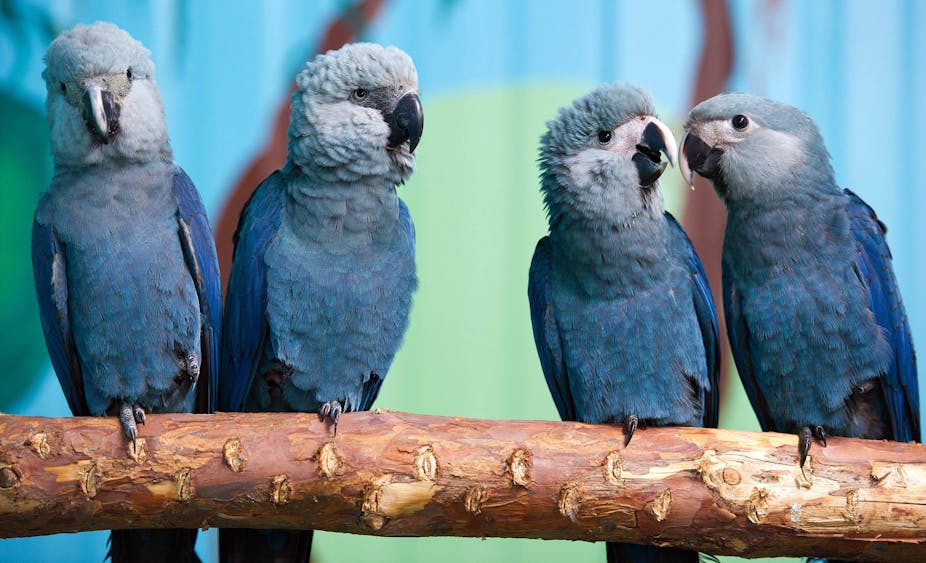
What we must save for a liveable planet
Last year, scientists released a report that fleshed out a ‘global deal for nature’, outlining what governments must do to have a hope of saving ecosystems and limiting global warming. Leaders around the world must fully protect 30% of Earth’s surface and sustainably manage another 20% by 2030. Now, researchers have published a follow-up called the global safety net, which identifies the exact regions on land that must be protected to achieve the deal’s goals. Increasing existing protected areas from about 15% of land to 17.3% — in the right places — could save our planet’s rarest plant and animal species within five years, writes conservation scientist Greg Asner. Bumping that up to 50% can “save our planet’s rich biodiversity, prevent future pandemics and meet the Paris climate target”, says Asner. Much of this land is in Russia, the United States, Brazil, Indonesia, Canada, Australia and China.
The Conversation | 5 min readLearn about the global safety net in a 3-minute video from the researchers.Reference: Science Advances paper






















No hay comentarios:
Publicar un comentario